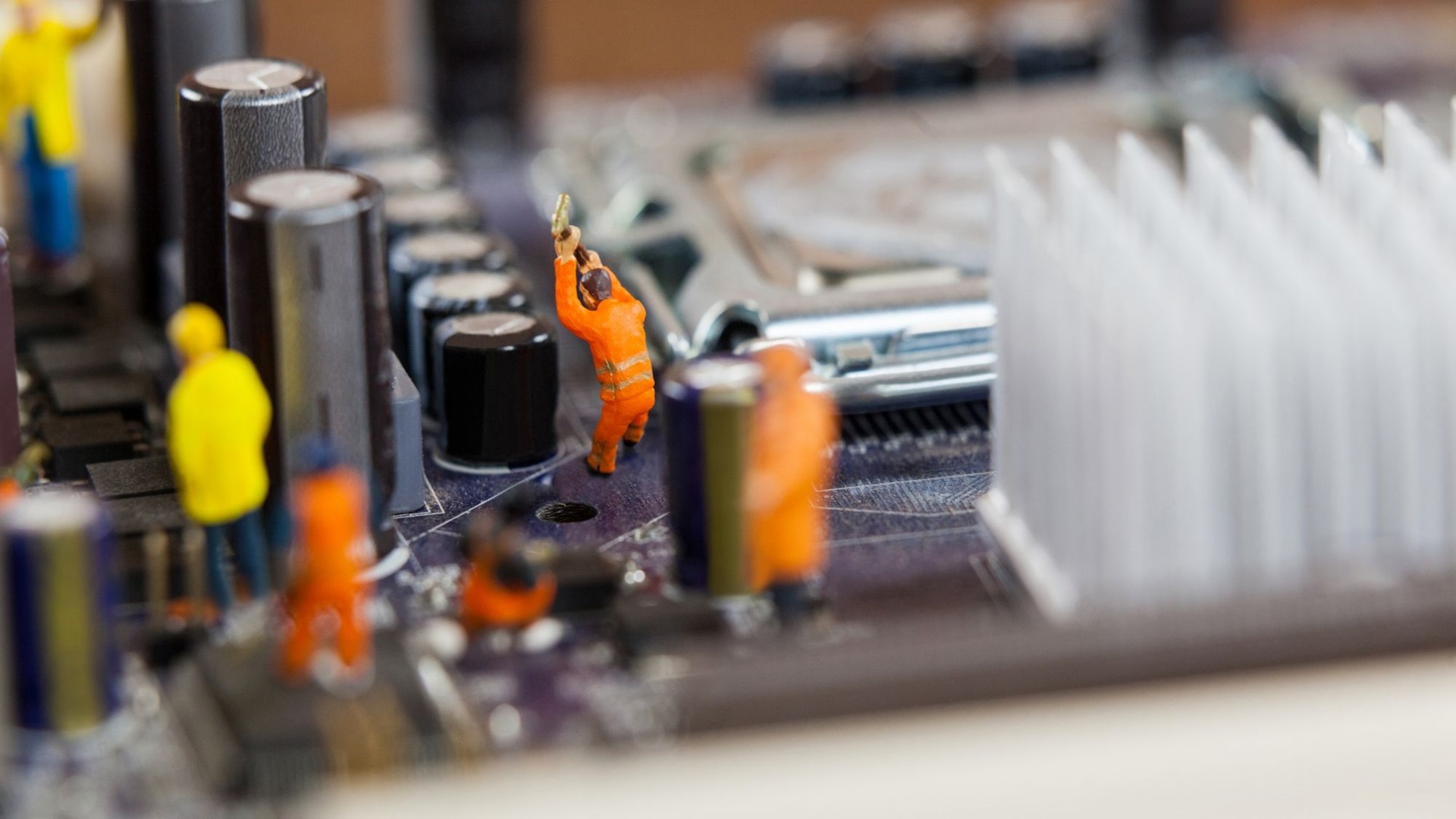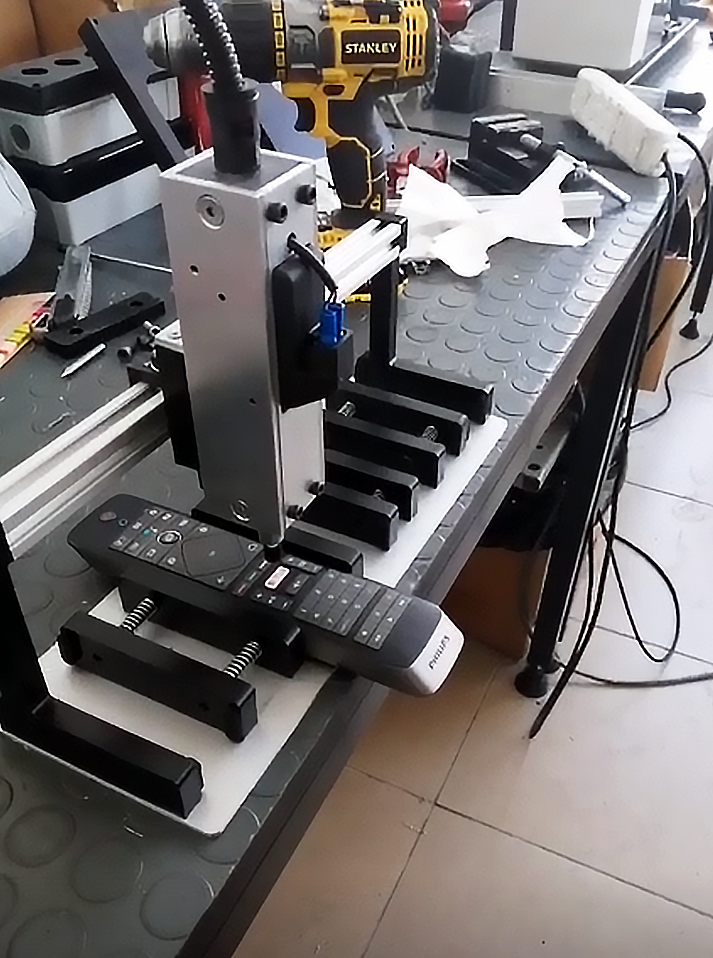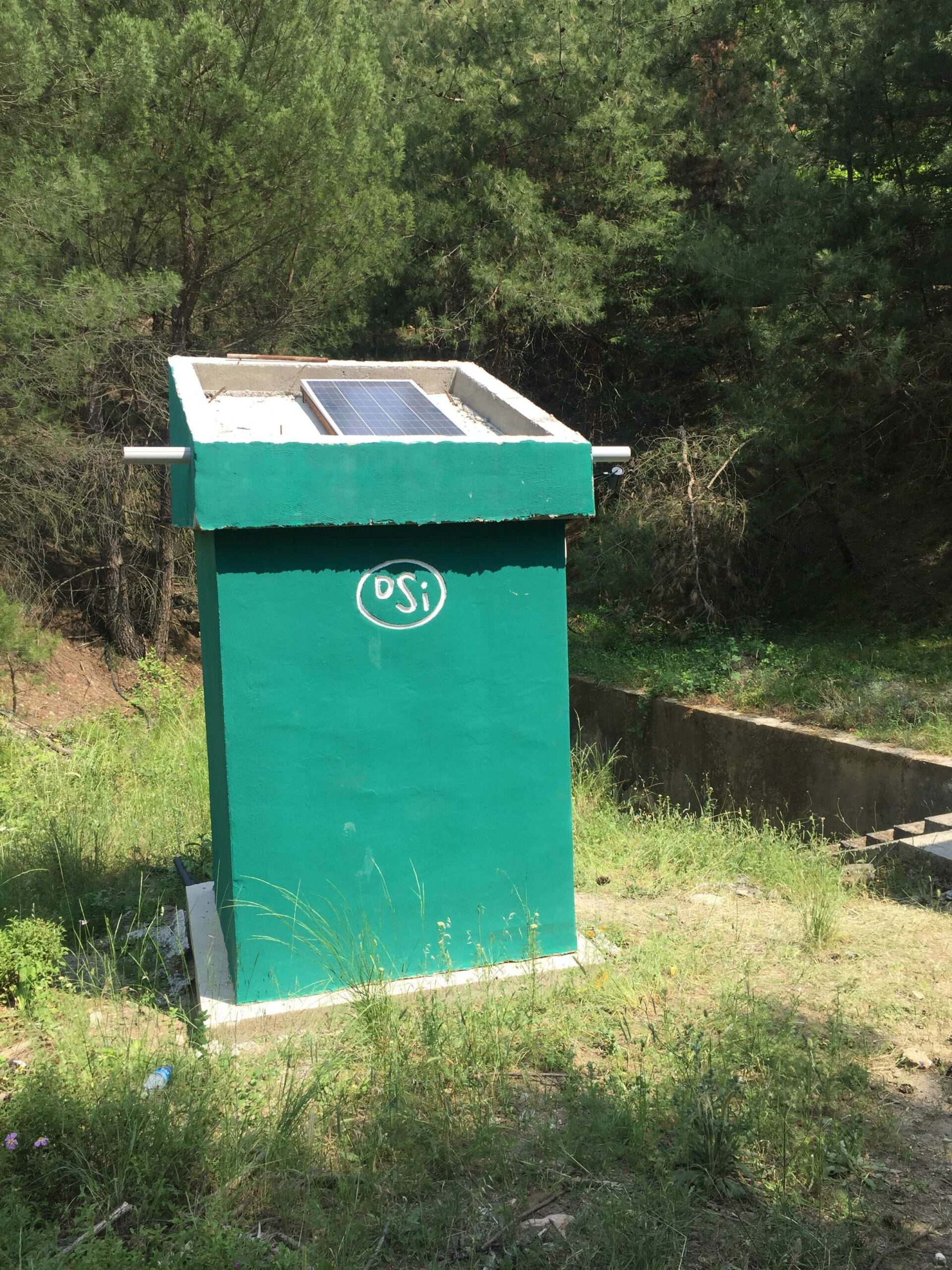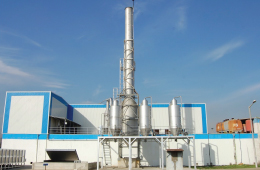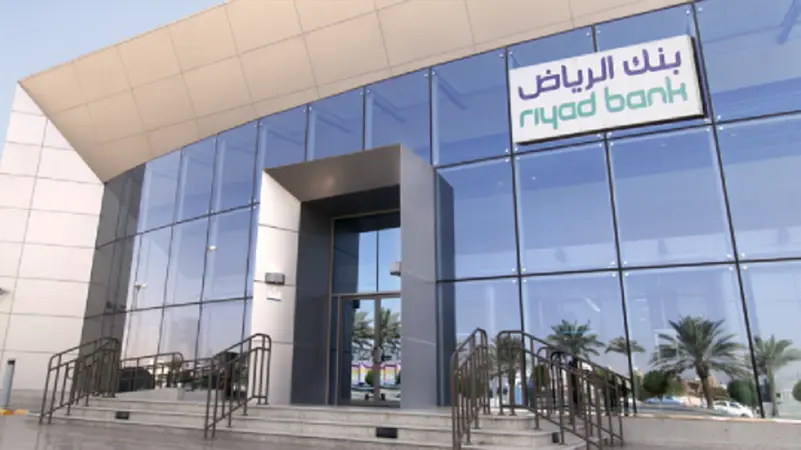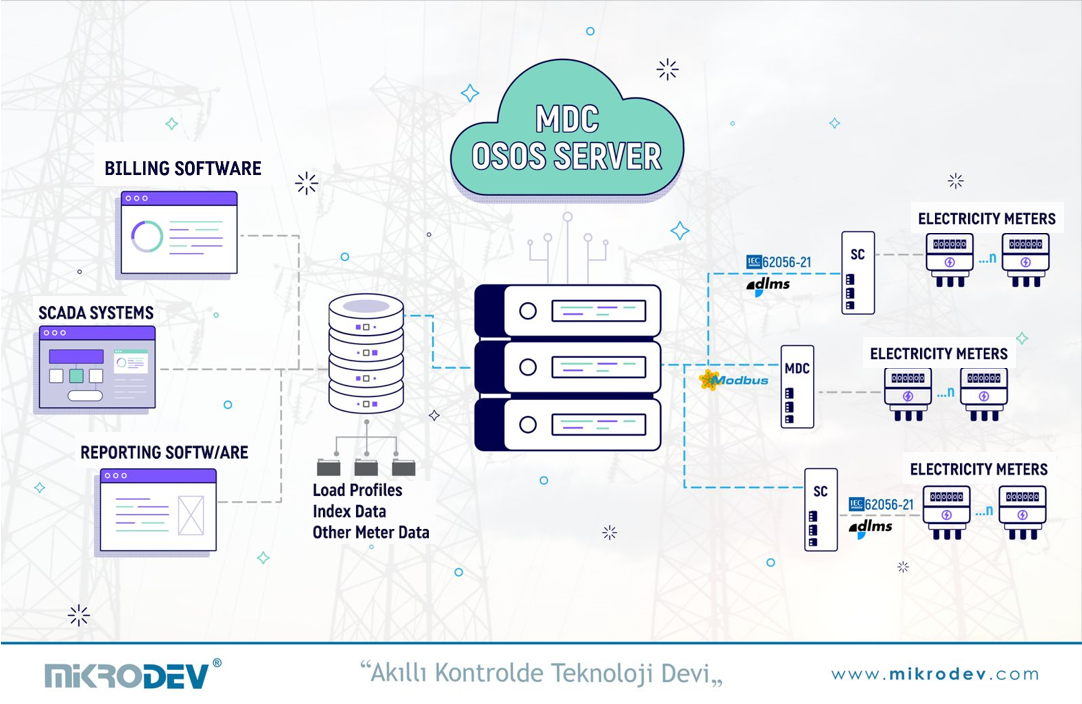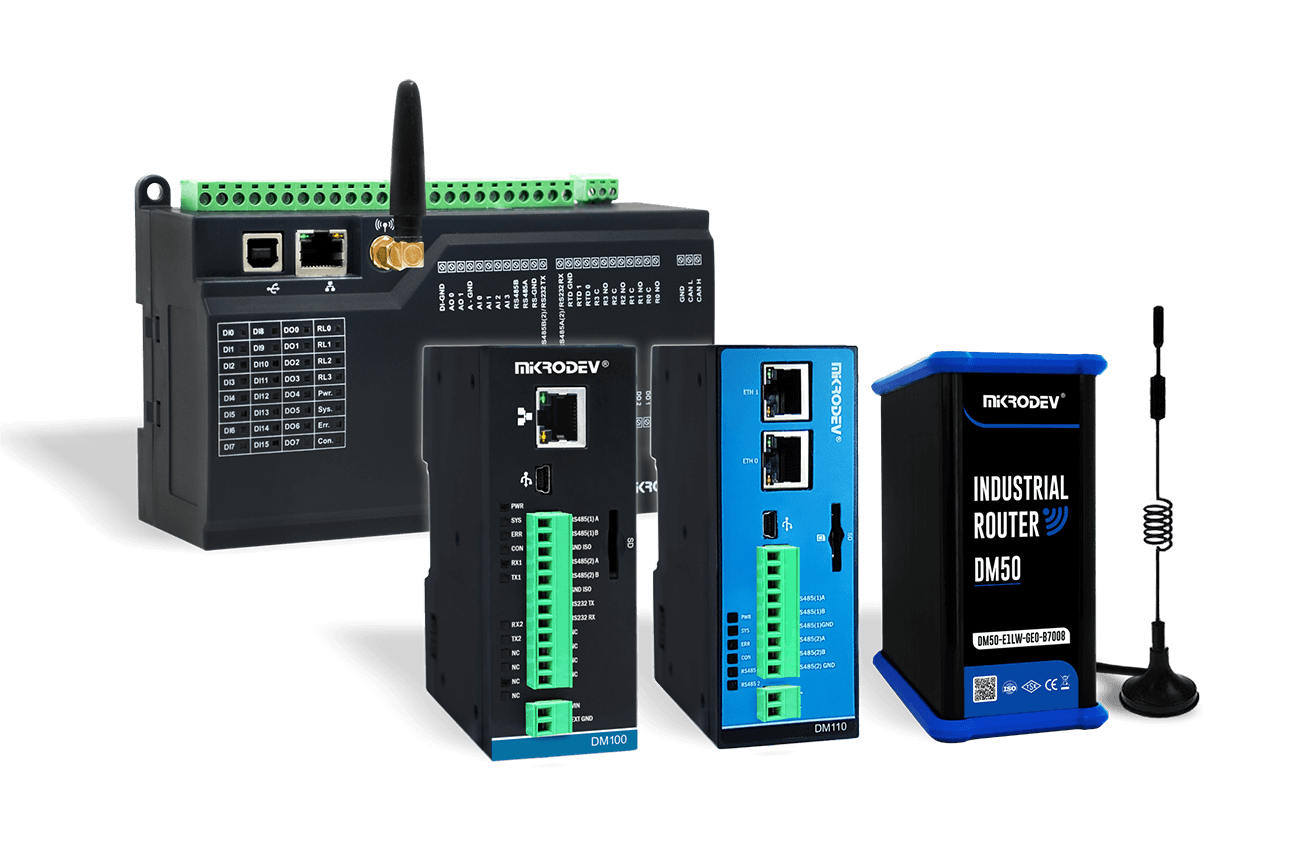Success in automation starts with choosing the right control system. RTU (Remote Terminal Unit) and PLC (Programmable Logic Controller) are two core devices used to reliably manage critical operations across many industries. While both sit at the heart of automation, they differ significantly in function and application. An RTU vs PLC comparison guides those who want to understand which device is more advantageous in which use cases and control systems.
While RTUs are generally preferred for data acquisition and transmission in remote locations, PLCs are powerful in complex process control. Choosing the right tool in industrial automation increases system efficiency and reliability. In this article, you will find a detailed guide to RTU vs PLC differences, use cases, and control systems.
What Are RTU and PLC? Core Concepts
Understanding the foundations of control systems and industrial automation opens the door to making informed choices about RTU vs PLC, differences, use cases, and control systems. RTU (Remote Terminal Unit) and PLC (Programmable Logic Controller) are two main devices that frame automation, each tailored to different environments and roles. This section focuses on the core functions of both systems and what they are used for in practice.
Definition and Operating Principle of an RTU
An RTU (Remote Terminal Unit) is typically used at facilities located far from a central control center. Its main purpose is to collect data from sensors or devices at remote points and securely transmit it to a central system. Power grids, water treatment plants, and oil and natural gas fields are primary examples where RTUs stand out.
An RTU’s role in the system includes:
-
Collecting analog or digital data from field sensors and measurement devices.
-
Transmitting collected data to a central SCADA or control center at set intervals.
-
Parsing commands from the central system and applying them to the remote device.
-
Performing critical functions such as monitoring power lines, controlling water levels, or detecting electrical faults.
This structure ensures secure and stable data transmission in infrastructure projects. RTUs are usually built rugged for long-term, uninterrupted operation in harsh and hard-to-reach environments. Thanks to communication protocols (such as DNP3, MODBUS, IEC standards), they integrate smoothly with different systems and can take responsibility across large networks. RTUs stand out for reliability; they are resistant to sudden weather conditions, humidity, and dust.
Definition and Operating Principle of a PLC
A PLC (Programmable Logic Controller) is essentially the “brain” of modern industrial automation. PLCs are found wherever there are production lines, robotic systems, and machine automation in factories. A PLC’s core feature is analyzing information from numerous inputs and outputs in real time and producing correct outputs based on logic.
You can summarize the PLC’s place in automation as follows:
-
Manages the operation of machines that require fast and precise control.
-
Its programmable structure allows easy changes in workflows.
-
Complex process flows are developed via languages like Ladder Logic.
-
PLCs are indispensable in systems such as conveyor belts, automatic packaging machines, and quality control stations.
-
They reliably handle robot motion, temperature and pressure control, or automatic data acquisition during production.
A PLC system processes data from the field instantaneously, decides according to the control program loaded by the operator, and ultimately controls output elements such as actuators. Its fast response and modular structure make it easy to adapt to sudden changes. Flexibility and high processing capacity are the most sought-after features in factory automation.
In short:
While an RTU is built around data acquisition, monitoring, and remote communication, a PLC is used to make rapid decisions and manage machines locally and precisely. Viewed through RTU vs PLC, differences, use cases, and control systems, the domains where each system is strong are easy to distinguish. This distinction plays a strategic role in the success of industrial automation.
Technical Differences Between RTU and PLC
When it comes to RTU vs PLC, differences, use cases, and control systems, distinctions in technical features are critical for the right choice. The hardware structure, software approach, programming convenience, and communication protocols of these two automation elements determine the preferred solution across dozens of industries. Below are the technical reasons why RTUs and PLCs differ.
Hardware Differences
First and foremost, the physical designs and component sets of RTUs and PLCs are structured for different needs. RTUs are often produced to suit field conditions, with greater durability under harsh environmental conditions. Especially for RTUs that must run fault-free in remote cabinets or outdoor areas, there is special protection against dust, humidity, and temperature.
Key hardware differences include:
-
Analog input/output (I/O) support: RTU devices generally have a higher number of analog I/Os. They are ideal for collecting continuously varying data such as water levels, voltage, and temperature.
-
Digital input/output speed: PLCs are known for broad digital I/O ports and high processing speed for fast communication with local machines.
-
Data processing and storage: RTUs have strong memory and data logging capabilities for continuous data collection and communication with central systems.
-
Mounting and footprint: Thanks to their modular structure, PLCs enable easy integration with different equipment in factory automation. RTUs, on the other hand, are generally monolithic and mounted in field panels.
The table below summarizes core hardware differences between RTUs and PLCs:
| **Feature | RTU | PLC** |
|---|---|---|
| Durability | Built for harsh environments | Focused on indoor facility use |
| Analog I/O | Higher count and variety | Limited or requires add-on modules |
| Digital I/O | Adequate but not high-speed | High-speed, multi-port |
| Data Storage | Advanced (long-term logging) | Generally lower capacity |
| Form Factor | All-in-one, field type | Modular, rack-mounted |
Software and Programming Ease
In RTU vs PLC—differences, use cases, control systems—software and programming play a major role. RTU devices are mostly configuration-oriented with ready software templates. Users typically define fundamental parameters on the device and complete field setup quickly.
On the PLC side, processes run through programmable logic. This is advantageous for flexible and customizable workflows. For example, using Ladder Logic (ladder diagrams), the movements and processes of complex machines or robotic systems can be coded step by step.
You can list the software differences as follows:
Programming on an RTU:
-
Fast setup with drag-and-drop interfaces and predefined functions.
-
Configuration without needing advanced coding skills.
-
Greater focus on network connectivity and data acquisition.
Programming on a PLC:
-
Detailed programming via languages such as Ladder Logic, Function Block Diagram (FBD), and Structured Text (ST).
-
High flexibility in machine control, rapid reconfiguration.
-
Strong software base for real-time decision-making and local automation.
Communication Protocols
In industrial automation, communication between devices is crucial for secure and fast data transfer. The protocols supported by RTUs and PLCs diverge here.
Protocols prominent in RTUs:
-
DNP3, MODBUS, IEC 60870/101/104: With these, RTUs can send data to SCADA systems and receive commands across vast geographic areas.
-
Provide secure, long-distance communication with remote devices or central systems.
-
Typically used under low bandwidth with security measures.
Protocols prominent in PLCs:
-
Profibus, EtherNet/IP, Modbus TCP: Provide high-speed, point-to-point or network-based local communication.
-
Suited for real-time data flow with in-plant machine integration, smart sensors, and actuators.
-
Lower latency and higher link speed.
Input and Output Features
Another technical distinction in the RTU vs PLC comparison—differences, use cases, control systems—rests on input and output (I/O) features:
I/O on an RTU:
-
Numerous analog inputs are advantageous for collecting different data types from field sensors.
-
Digital outputs control field devices at a basic level but do not require high speed.
-
Focused on alarms, status tracking, and measurement.
I/O on a PLC:
-
Digital I/Os enable very fast signal processing and machine control.
-
Analog I/O support is typically increased via modules.
-
In complex automation steps, the system can manage many inputs and outputs simultaneously.
In terms of RTUs and PLCs, both the system’s connection to its environment and the types of devices controlled bring these differences to the fore. For example, for a sensor network measuring water level, an RTU is more suitable, while for a packaging machine automation, a PLC is the right choice.
These technical distinctions are among the main factors to consider when deciding on RTU vs PLC, differences, use cases, and control systems. Both devices offer robust solutions in their respective domains.
Use Cases: Where Are RTUs and PLCs Preferred?
In RTU vs PLC—differences, use cases, control systems—the preferred areas for both technologies are clearly defined. RTUs and PLCs are chosen according to their roles and the needs of their environments. Application and industry examples show concretely where each system stands out.
Where RTUs Are Preferred
RTUs are used in broad and challenging geographic areas—especially at locations that are difficult to access—where long-term, reliable data acquisition and remote control are needed. The distinct advantages of RTUs make them stand out in many sectors.
Power Grids:
In cases like intercity power transmission or substation management, the infrastructure typically extends over hundreds of kilometers. Each transfer point must be monitored on site, and faults should be detected quickly. With wireless networks or GSM/M2M communication, RTUs make every point of the grid remotely controllable.
Short case example: A power distribution company used RTUs at all substations along an intercity transmission line, transmitting real-time voltage and current data to the central SCADA to ensure uninterrupted grid operation.
Water Management and Wastewater Facilities:
In water treatment plants, dams, or water distribution systems, RTUs deliver level, flow, or pressure measurements from remote points to operators at the central location. Operators can perform tasks like pump control securely even from thousands of kilometers away.
Short case example: A metropolitan municipality monitored levels and quality measurements at city reservoirs and wells with RTUs, establishing an efficient water management system.
Oil and Natural Gas Fields:
In risky and dispersed sites like the energy sector, RTU usage is essential. At pipelines, wellheads, or pump stations, RTUs collect critical information such as pressure and temperature and the status of valves to the central system and provide intervention capabilities when needed.
Short case example: A natural gas company installed dozens of RTUs along a pipeline route to increase system security and enable rapid action in case of faults.
RTUs’ nature and advanced communication options demonstrate superiority for wide-area automation and data acquisition. For more sectoral examples and technical differences showing this, it would be useful to refer to content on differences between PLC and RTU.
Where PLCs Are Preferred
PLCs stand out in production facilities with fast responses, multi-step, and complex control operations. With their programmable structure, they offer flexibility and are reliably used in process control.
Production Lines and Automation Plants:
From automotive to food manufacturing, PLCs offer speed and accuracy together. They process signals from sensors on conveyor systems in real time and ensure precise control of robotic arms.
Short case example: In an automotive factory, all welding robot flows in body assembly are synchronized by PLCs; thus quality standards are maintained and production speed increases.
Machinery and Process Automation:
In conveyors, packaging machines, or filling systems, PLCs process large numbers of I/O signals within milliseconds. Operators can easily change the program and adapt to different products or tasks.
Short case example: In a bottling plant, PLCs managed adjustable filling processes for bottles of different weights, enabling product changeovers without stopping the line.
Quality Control and Monitoring:
PLCs run smoothly in vision, quality control, or measurement stations requiring advanced algorithms.
Short case example: An industrial software company, with camera systems tied to a PLC at the end of a production line, instantly detected defective products and separated them from the line.
Comparative Table: RTU and PLC Use Cases
The table below summarizes the primary application areas where RTUs and PLCs are predominantly preferred:
| **Application | Suitable for RTU | Suitable for PLC** |
|---|---|---|
| Power Grid | ✔ Substation, transmission line control | ✘ |
| Water Management | ✔ Distribution, treatment, dam monitoring | ✘ |
| Oil/Gas Field | ✔ Pipeline, well, station control | ✘ |
| Production Line | ✘ | ✔ Automation, robot control |
| Packaging/Machinery | ✘ | ✔ Conveyors, filling, quality control |
| Wastewater Plant | ✔ Field data acquisition, remote monitoring | ✘ |
Conclusion: The Right System for the Right Application
Considering RTU vs PLC—differences, use cases, and control systems—the critical point is achieving maximum efficiency with the right technology in the right area. RTUs provide data acquisition and remote monitoring in dispersed and challenging geographies; PLCs, meanwhile, make a difference with fast decisions and high control capacity in production and automation processes. Both systems play key roles in the safe and sustainable operation of modern industry, depending on the need.
Advantages and Disadvantages: Comparing RTUs and PLCs
To make the right choice in RTU vs PLC—differences, use cases, and control systems—it is important to know the prominent advantages and potential drawbacks of both systems. Field needs, budget constraints, technical expectations, and the application environment shape decisions. In this section, you will find the pros and cons that decision-makers encounter in practice, presented clearly and comparatively.
Advantages and Disadvantages of RTUs
RTUs stand out in environments that require long-term and reliable monitoring across wide, demanding areas. However, it is useful to consider some limitations.
Advantages:
-
Durability and Reliability: Highly resistant to harsh outdoor conditions and fluctuations in temperature and humidity.
-
Remote Monitoring and Control: Offers long-distance communication for remote and decentralized field applications.
-
Low Power Consumption: Can operate for long periods in areas with weak power infrastructure.
-
Easy Integration: Integrates readily into SCADA and central control systems with common protocols (DNP3, IEC, etc.).
-
Ease of Installation and Maintenance: Quickly deployed as a field panel. Maintenance is often possible via remote software updates.
Disadvantages:
-
Limited Programming Capability: Less flexible for extensive or complex control operations.
-
Slower Response Time: Not suitable for automation tasks requiring rapid real-time response.
-
Higher Initial Cost: Special builds for harsh field conditions can be more expensive.
-
Limited Hardware Modularity: Adding extra I/O or functions is more difficult than with PLCs.
Short note:
When purchasing an RTU, factors such as communication capability, environmental resilience, and maintenance requirements should be evaluated. Especially in energy, water, and infrastructure management, low operating cost provides a long-term return on investment.
Advantages and Disadvantages of PLCs
PLC systems are the first choice for businesses seeking dynamic and customizable control in factory and process automation. Still, they have some inherent disadvantages.
Advantages:
-
Fast and Flexible Control: Manages complex processes instantly with real-time, high-speed processors.
-
Advanced Programming Options: Detailed automation and control via Ladder Logic, FBD, and similar languages.
-
Modular Architecture: Capacity can be expanded by adding I/O modules as needed.
-
Maintenance and Spare Parts: Standard hardware and software shorten service times.
-
Lower Entry Investment: Provides cost-effective solutions for small and medium-scale automation needs.
Disadvantages:
-
Sensitivity to Environmental Conditions: Requires special protection in extremely dusty, humid, or hot environments.
-
Long-Distance Communication Limitation: Extra communication hardware and infrastructure may be required for long distances.
-
Power Dependency: Generally requires a stable power source; systems can go offline during outages.
-
Limited Direct SCADA Compatibility: In some models, extra software may be needed to bridge to external protocols.
Short note:
When planning a PLC, evaluate existing facility infrastructure, fast-response needs, expansion needs, and ease of maintenance. In industrial automation and process control, ease of maintenance and low initial investment are decisive for many businesses.
Comparative Pros–Cons Table
The table below is prepared for decision-makers who want a quick comparison of RTU and PLC systems’ advantages and disadvantages:
| **Criterion | RTU Advantage | RTU Disadvantage | PLC Advantage | PLC Disadvantage** |
|---|---|---|---|---|
| Durability | High | – | Medium | Low |
| Programming | Easy configuration | Limited flexibility | Flexible and detailed | More complex |
| Communication | Long-distance links | Slower data transfer | Fast, local | Short-distance focused |
| Expandability | Low | Hardware constraints | Easily modular | – |
| Cost | Low OPEX, high CAPEX | – | Low initial cost | Higher maintenance |
| Energy | Low consumption | Limited capacity | Standard/dependent | Sensitive to outages |
When making an investment decision on RTU vs PLC—differences, use cases, and control systems—you should prioritize the application area’s geographical conditions, the control speed required by the equipment, sustainable maintenance, and network integration. Both systems can provide complete and robust infrastructures in their own domains, but the choice should consider both present and future needs.
Which Is More Suitable for Which Control System? Selection Criteria
Managing the selection process systematically in RTU vs PLC—differences, use cases, and control systems—both accelerates return on investment and delivers maximum efficiency and security in the field. Making the right decision involves more than just looking at technical features; it also requires considering project scale, ease of maintenance, and remote monitoring needs. Below are the main criteria the reader should ask themselves when choosing a device, and the conditions under which each system stands out.
Key Question: What Will Be Controlled and Where?
Start with the most basic question: What process will the system control, and where will this process take place?
-
A broad and dispersed area with remote monitoring and low energy needs?
-
Or a closed production line that requires precise, high-speed, and complex automation?
These questions clearly establish the first distinction. RTUs have advantages in remote monitoring and harsh environmental conditions, while PLCs stand out in factory automation for speed and flexibility.
Core Selection Criteria
When choosing a device, the following topics offer the most useful roadmap:
Application Area and Physical Conditions:
-
RTU: Power grids, water distribution, natural gas pipelines, and infrastructure projects that operate across wide geographies outdoors.
-
PLC: Closed facilities, production lines, factory environments, and machine-focused automation projects.
Communication and Remote Management:
-
RTU: More suitable for sending data to central systems like SCADA over long distances and receiving commands. Supports multiple protocols.
-
PLC: Provides fast data exchange with local machines and sensors but is limited in wide-area communications.
Scalability (Ability to Expand):
-
RTU: Optimized for fixed and specific functions; adding lots of I/O is rare.
-
PLC: Easily expanded by adding new modules; the system grows as needs change.
Ease of Maintenance and Service:
-
RTU: Low maintenance even in harsh field conditions; advantages of remote monitoring and software updates.
-
PLC: Quick hardware replacement with standard modules; widespread service and spare part access.
Practical Questions to Ask
When deciding which device to choose, the reader will find the right path by answering these questions clearly:
-
Is the controlled area physically dispersed and remote?
-
Are continuous remote monitoring and data transmission the priority?
-
Do environmental factors like temperature, humidity, and dust dominate the environment?
-
Will the system frequently need expansion and new function additions?
-
Does the automation process require very fast and precise decisions?
-
Should your current infrastructure work in tandem with upper-level systems like SCADA or ERP?
-
Are ease of installation and maintenance, and total cost of ownership important to you?
These questions are not only a starting point for system managers but also provide a basis for planning investments with confidence.
Where Each Device Shines
Below you can clearly see in which scenarios RTUs and PLCs stand out.
Choose an RTU when:
-
The field application is very remote, harsh, and has limited power sources.
-
There’s a need for uninterrupted data acquisition and long-term logging.
-
Centralized monitoring and control over a network are required.
-
Critical infrastructure projects don’t require frequent on-site access.
Choose a PLC when:
-
High-speed process control and real-time machine-to-machine links are needed.
-
Automation is on a continuously changing or expandable line.
-
Local decisions are required with minimal tolerance for latency.
-
Flexible programming and rapid commissioning are needed.
Comparison of Integration, Scalability, and Maintenance
The table evaluates devices quickly in terms of scalability, ease of integration, and maintenance:
| **Criterion | RTU | PLC** |
|---|---|---|
| Scalability | Fixed, few add-on modules | Modular, easily expandable |
| Remote Monitoring | Strong, reliable over long distances | Limited, in-plant focused |
| Integration | Advanced compatibility with SCADA systems | Compatible with local networks and standard protocols |
| Maintenance | Remote software updates, low service frequency | Fast spare-part access, easy intervention |
Both device types are successful in their domains; however, choosing according to the project’s expectations and environment always yields the highest performance.
Selection Summary: Which System Should You Choose?
The quick table below serves as a guide for decision-making:
| **Scenario/Function | Suitable for RTU | Suitable for PLC** |
|---|---|---|
| Remote, distributed field application | ✔ | |
| Fast process and production line | ✔ | |
| SCADA integration need | ✔ | |
| Easy expansion and updates | ✔ | |
| Harsh environmental conditions | ✔ | |
| Low energy requirement | ✔ | |
| Complex control and programming | ✔ |
Managing the selection process systematically in terms of RTU vs PLC, differences, use cases, and control systems is directly related to long-term success. To fully leverage the strengths of each device, field requirements and growth plans must always be taken into account.
Conclusion
Every detail highlighted under RTU vs PLC—differences, use cases, and control systems—provides a strong roadmap for businesses when making decisions. RTUs stand out in infrastructure projects by providing reliable data acquisition and monitoring across broad and challenging fields. PLCs, with fast and flexible control, offer an effective solution for complex automation processes in closed facilities.
Both systems assume critical roles in industrial automation with their respective strengths; choosing the right solution for the right project and need determines a business’s efficiency and sustainability. Readers can develop the most suitable solution by considering their field requirements and long-term expectations.
Following sectoral sources for up-to-date information and in-depth comparisons on the subject is important. Readers who share their experiences or questions can build a more effective knowledge network in this field. Those empowered with knowledge on RTU vs PLC—differences, use cases, and control systems—achieve more effective results in automation projects.
